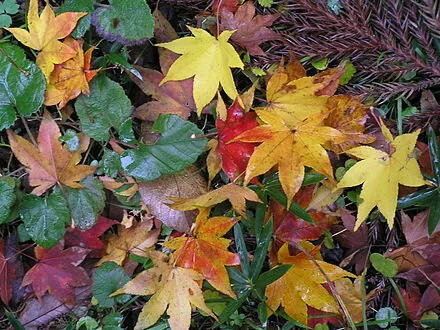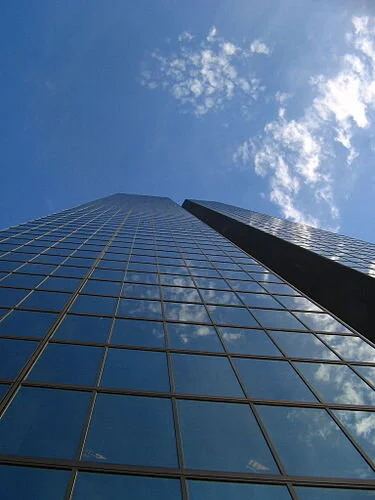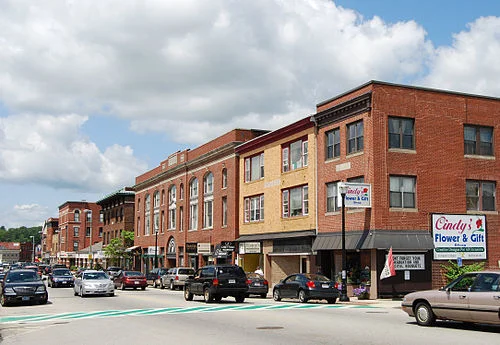February, from the Très riches heures du Duc de Berry (circa 1415)
From Robert Whitcomb’s “Digital Diary,’’ in GoLocal24.com
February landscapes look more like drawings than paintings.
I’ve noticed in the past few days far more Christmas wreaths still hanging on front doors than last year at this time, and holiday lights are lingering later, too. A way to ward off evil spirits or at least viruses?
xxx
Joseph Wood Krutch (1893-1970), the nature essayist, famously wrote that “the most serious charge which can be brought against New England is not Puritanism but February’’, that paradoxically short but seemingly long month. And yet, its sun is warmer than January’s, its days are noticeably longer and you get from time to time a cold but dry and windless day that can be exhilarating – a perfect day for the season. And in some years, you see snow drops and other early flowers popping out along the strips of road with a southern exposure and smell warming earth.
A couple of nice things about snowstorms, for all their inconveniences: the muffling of harsh sounds and that you can walk in the middle of the street.































